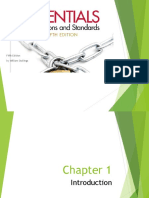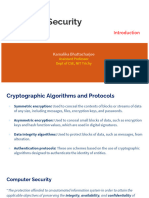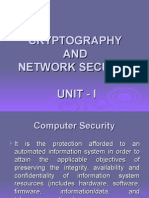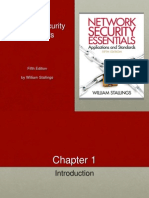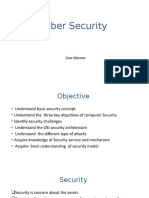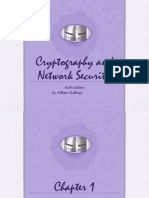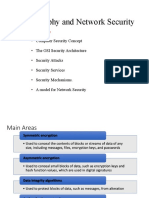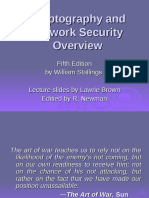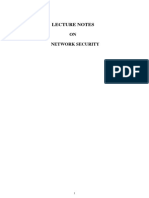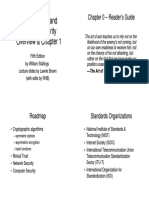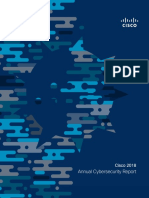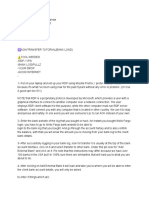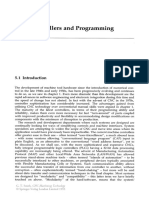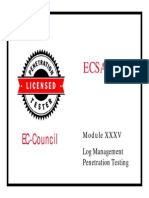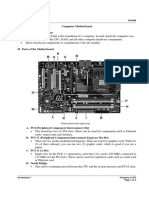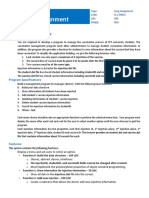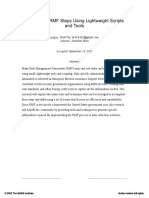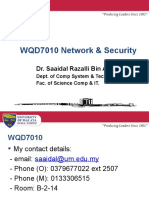0% found this document useful (0 votes)
28 views37 pagesch01 Overview Nemo
This document provides an overview of cryptography and network security. It discusses cryptographic algorithms, network security, computer security, key security concepts, security services, security mechanisms, and challenges related to computer security. The document also outlines standards organizations and levels of impact from security breaches.
Uploaded by
itsdurgesh1ooCopyright
© © All Rights Reserved
We take content rights seriously. If you suspect this is your content, claim it here.
Available Formats
Download as PDF, TXT or read online on Scribd
0% found this document useful (0 votes)
28 views37 pagesch01 Overview Nemo
This document provides an overview of cryptography and network security. It discusses cryptographic algorithms, network security, computer security, key security concepts, security services, security mechanisms, and challenges related to computer security. The document also outlines standards organizations and levels of impact from security breaches.
Uploaded by
itsdurgesh1ooCopyright
© © All Rights Reserved
We take content rights seriously. If you suspect this is your content, claim it here.
Available Formats
Download as PDF, TXT or read online on Scribd
/ 37





